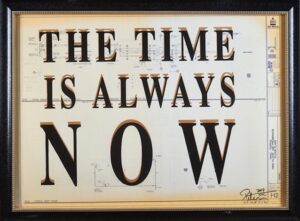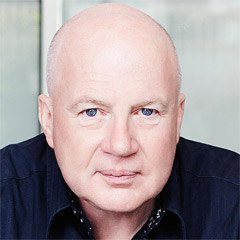“Is YouTube the new television?” asked Jonathan Ford the FT’s chief writer in a recent article. Well, sometimes certain questions answer themselves just by being asked. In just shy of a decade, Ford suggests that YouTube — which accounts for more than half of all online viewing and digital advertising worldwide — “has steadily morphed into something akin to a TV network.”
Indeed, when small screen stars are being minted on social media — where they serve as their own writers, actors, show runners, crews, and broadcasters — the rules of broadcasting have changed. All of which impacts our viewing habits. The article quotes Peter Bazalgette, chairman of Arts Council England, explaining that the first “on-demand generation” has new expectations about how they receive content: “They want to watch whenever they choose to do so and on whatever device they prefer.”
Meantime, a story in New York Magazine’s “Vulture” describes how global information and measurement giant Nielsen will soon start measuring viewership for streaming services Netflix and Amazon Prime. Nielsen’s new metrics, however, don’t yet work on mobile devices including iPads and cell phones — which means that we’re still a long way away from “hard viewership figures” for critically acclaimed shows like Transparent, House of Cards, and Orange is the New Black.
What does the rise of YouTube and streaming services coupled with fuzzy math around viewership figures—what I’d like to call “the new watching” — mean for our industry? If, as communications theorist Marshall McLuhan suggested back in 1964, “the medium is the message,” (that is, the medium that carries content influences how messages are perceived), then the new watching has profound implications for advertising and brands. When you no longer have the Big Three networks delivering 50% shares for All in the Family or 60 Minutes — when people can skip ads altogether watching VOD — it is no longer good enough for commercials merely to sell products and services.
We’ve known this truth for a long time, but living in a 24/7, fractured media environment has made it especially real: the best way for advertising to be relevant, the only real chance the work has to enter the cultural conversation, is for the work to feel and act more like content. Think of the Cheerios “Gracie” spot or Duracell’s Derrick Coleman “Trust Your Power” from Saatchi New York or; or gorgeous, long-form work for Johnnie Walker (BBH) and British Airways (Ogilvy NY). These stellar examples feel more like TV sitcoms, viral social media phenomena, and Scorsese-worthy cinema than traditional shilling.
This kind of work plays well in the new watching landscape because it suggests that people — not companies — are the true owners of the really great brands. Each of those examples works because they’re being generous with brands, encouraging consumers to play with and repurpose the brands on YouTube and other social media platforms. And each works because they recognize that brands are no longer competing with other brands — they are competing against everything else that’s going on in the culture that’s screaming for people’s time and attention.
YouTube, Netflix, Amazon, VOD, and more have rewritten the rules of broadcasting and, by extension, advertising. It is no longer enough for an ad to interrupt Archie Bunker if it hopes to capture America’s attention. To be part of the new watching—to become part of the culture — the work needs to be as interesting, entertaining, and useful as the culture from which it springs.






